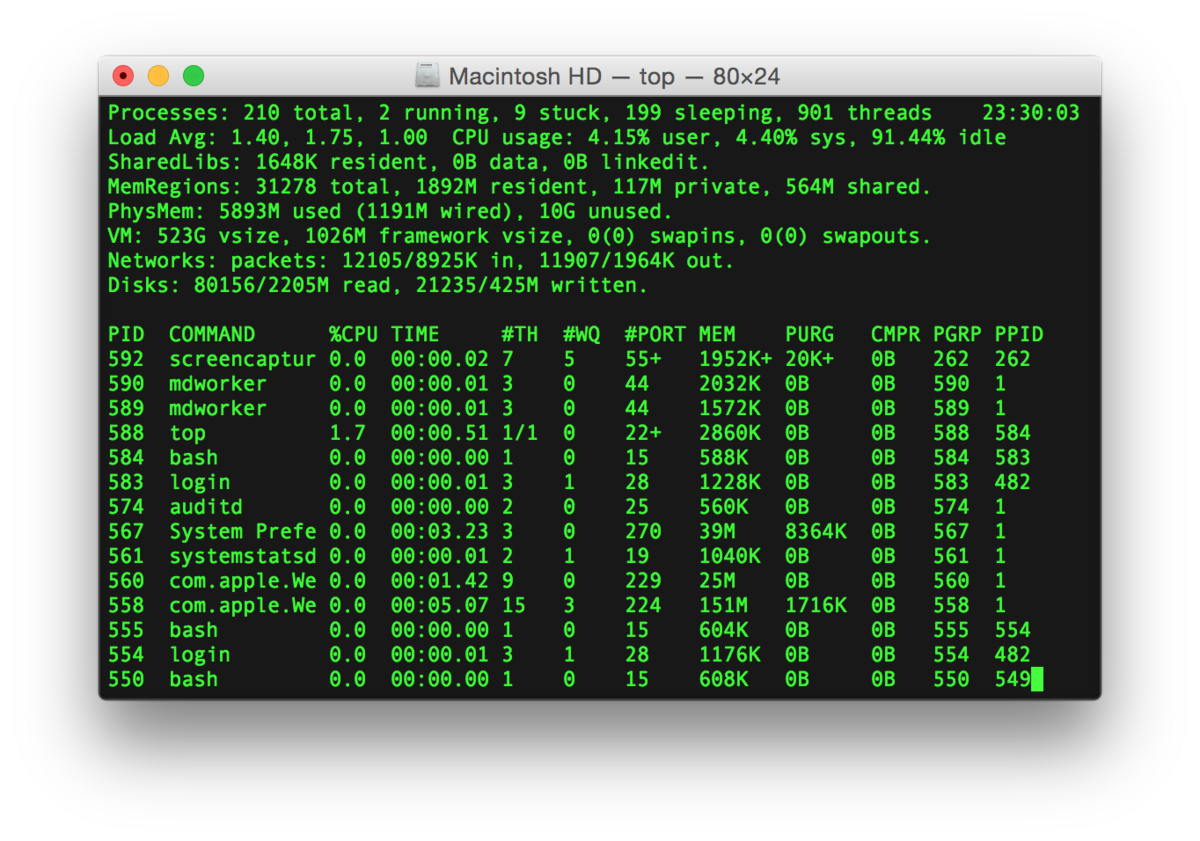Contact Us
The Windows Terminal is a modern, fast, efficient, powerful, and productive terminal application for users of command-line tools and shells like Command Prompt, PowerShell, and WSL. Terminal is an innovative leader in remote and on-site IT services. We offer features not available elsewhere. Our custom developed cellular monitor solution enables fast remote support, even when the Internet connection or UPS power backup fails. Terminal definition, situated at or forming the end or extremity of something: a terminal feature of a vista. Map of Terminal Gates. © 2021 Miami International Airport. All Rights Reserved. Miami-Dade Aviation Department.
Already a client?Login Here
Partners

Terminal is a Microsoft Certified Gold Partner, Datto Elite Partner, Cisco-Certified Small Business Specialist, OpenDNS, and Monnit partner, and an authorized warranty repair center for HP, Lenovo, and Brother.

Direct access to the highest levels of support at all our partners means preferred hardware pricing and faster, better resolutions for IT issues.

Proactive and Emergency Support
Terminal's managed services plan provides small businesses with all-inclusive support for a low monthly flat-rate price – featuring emergency service, cellular monitoring, security, cloud backups, helpdesk, on-site support, custom reports, and warranty repair.
Need a network overhaul? Our certified engineers design, install, and upgrade computer network infrastructure running HP servers with Microsoft Windows.
Flat-Rate Pricing
Support contracts have monthly fixed-rate prices, resulting in predictable IT costs. Troubleshooting is completed at no additional charge. That motivates our certified staff to provide efficient, stable networks with proactive support like monitoring, backups, and critical patches. We also offer competitive equipment pricing and free warranty repairs.
Cellular Monitoring Solution
Terminal is an innovative leader in remote and on-site IT services. We offer features not available elsewhere. Our custom developed cellular monitor solution enables fast remote support, even when the Internet connection or UPS power backup fails. Our engineers fix issues identified by our 24/7 Network Operations Center, at your office if necessary.
Terminal's Managed Services (MSPLUS+) Features
Network Services
- Redundant Backups
- 24/7 Monitoring
- Cellular Monitoring
- IoT Sensor Monitors
- Hosted Email
- Hosted Applications
Security
- Network Audit
- Patch Management
- Premium Antivirus
- Cryptolocker Blocking
- HIPAA Compliance
- Massachusetts Privacy Law Compliance
- PCI Compliance
Emergency Services
- Expert Troubleshooting
- Disaster Recovery
- Remote Support
- On-Site Support
- End User Helpdesk
- Warranty Repair
The terminal (or 'command-line') on a computer allows a user a great deal of control over their system (or in this case, Pi!). Users of Windows may already have come across Command Prompt or Powershell and Mac OS users may be familiar with Terminal. All of these tools allow a user to directly manipulate their system through the use of commands. These commands can be chained together and/or combined together into complex scripts (see the linux usage page on scripting) that can potentially complete tasks more efficiently than much larger traditional software packages.
Opening a Terminal window

On the Raspberry Pi (running Raspberry Pi OS), the default terminal application is LXTerminal. This is known as a 'terminal emulator', this means that it emulates the old style video terminals (from before graphical user interfaces were developed) in a graphical environment. The application can be found on the Raspberry Pi desktop and when started will look something like this:
You should be able to see the following prompt:
This shows your username and the hostname of the Pi. Here the username is pi and the hostname is raspberrypi.
Now, let's try running a command. Type pwd (present working directory) followed by the Enter key. This should display something like /home/pi.
Terminal Branches
Navigating and browsing your Pi
One of the key aspects of using a terminal is being able to navigate your file system. Firstly, run the following command: ls -la. You should see something similar to:
The ls command lists the contents of the directory that you are currently in (your present working directory). The -la component of the command is what's known as a 'flag'. Flags modify the command that's being run. In this case the l displays the contents of the directory in a list, showing data such as their sizes and when they were last edited, and the a displays all files, including those beginning with a ., known as 'dotfiles'. Dotfiles usually act as configuration files for software and as they are written in text, they can be modified by simply editing them.
In order to navigate to other directories the change directory command, cd, can be used. You can specify the directory that you want to go to by either the 'absolute' or the 'relative' path. So if you wanted to navigate to the python_games directory, you could either do cd /home/pi/python_games or just cd python_games (if you are currently in /home/pi). There are some special cases that may be useful: ~ acts as an alias for your home directory, so ~/python_games is the same as /home/pi/python_games; . and .. are aliases for the current directory and the parent directory respectively, e.g. if you were in /home/pi/python_games, cd .. would take you to /home/pi.
History and auto-complete
Rather than type every command, the terminal allows you to scroll through previous commands that you've run by pressing the up or down keys on your keyboard. If you are writing the name of a file or directory as part of a command then pressing tab will attempt to auto-complete the name of what you are typing. For example, if you have a file in a directory called aLongFileName then pressing tab after typing a will allow you to choose from all file and directory names beginning with a in the current directory, allowing you to choose aLongFileName.
Sudo
Some commands that make permanent changes to the state of your system require you to have root privileges to run. The command sudo temporarily gives your account (if you're not already logged in as root) the ability to run these commands, provided your user name is in a list of users ('sudoers'). When you append sudo to the start of a command and press enter, the command following sudo will be run using root privileges. Be very careful: commands requiring root privileges can irreparably damage your system! Note that on some systems you will be prompted to enter your password when you run a command with sudo.
Further information on sudo and the root user can be found on the linux root page.
Installing software using apt
You can use the apt command to install software in Raspberry Pi OS. This is the 'package manager' that is included with any Debian-based Linux distributions (including Raspberry Pi OS). It allows you to install and manage new software packages on your Pi. In order to install a new package, you would type sudo apt install <package-name> (where <package-name> is the package that you want to install). Running sudo apt update will update a list of software packages that are available on your system. If a new version of a package is available, then sudo apt full-upgrade will update any old packages to the new version. Finally, sudo apt remove <package-name> removes or uninstalls a package from your system.
Terminal Lance
More information about this can be found in the Linux usage section on apt.
Other useful commands
There are a few other commands that you may find useful, these are listed below:
cpmakes a copy of a file and places it at the specified location (essentially doing a 'copy-paste'), for example -cp file_a /home/other_user/would copy the filefile_afrom your home directory to that of the userother_user(assuming you have permission to copy it there). Note that if the target is a folder, the filename will remain the same, but if the target is a filename, it will give the file the new name.mvmoves a file and places it at the specified location (so wherecpperforms a 'copy-paste',mvperforms a 'cut-paste'). The usage is similar tocp, somv file_a /home/other_user/would move the filefile_afrom your home directory to that of the specified user.mvis also used to rename a file, i.e. move it to a new location, e.g.mv hello.txt story.txt.rmremoves the specified file (or directory when used with-r). Warning: Files deleted in this way are generally not restorable.mkdir: This makes a new directory, e.g.mkdir new_dirwould create the directorynew_dirin the present working directory.catlists the contents of files, e.g.cat some_filewill display the contents ofsome_file.
Other commands you may find useful can be found in the commands page.
Finding out about a command
Terminal On Windows10
To find out more information about a particular command then you can run the man followed by the command you want to know more about (e.g. man ls). The man-page (or manual page) for that command will be displayed, including information about the flags for that program and what effect they have. Some man-pages will give example usage.
